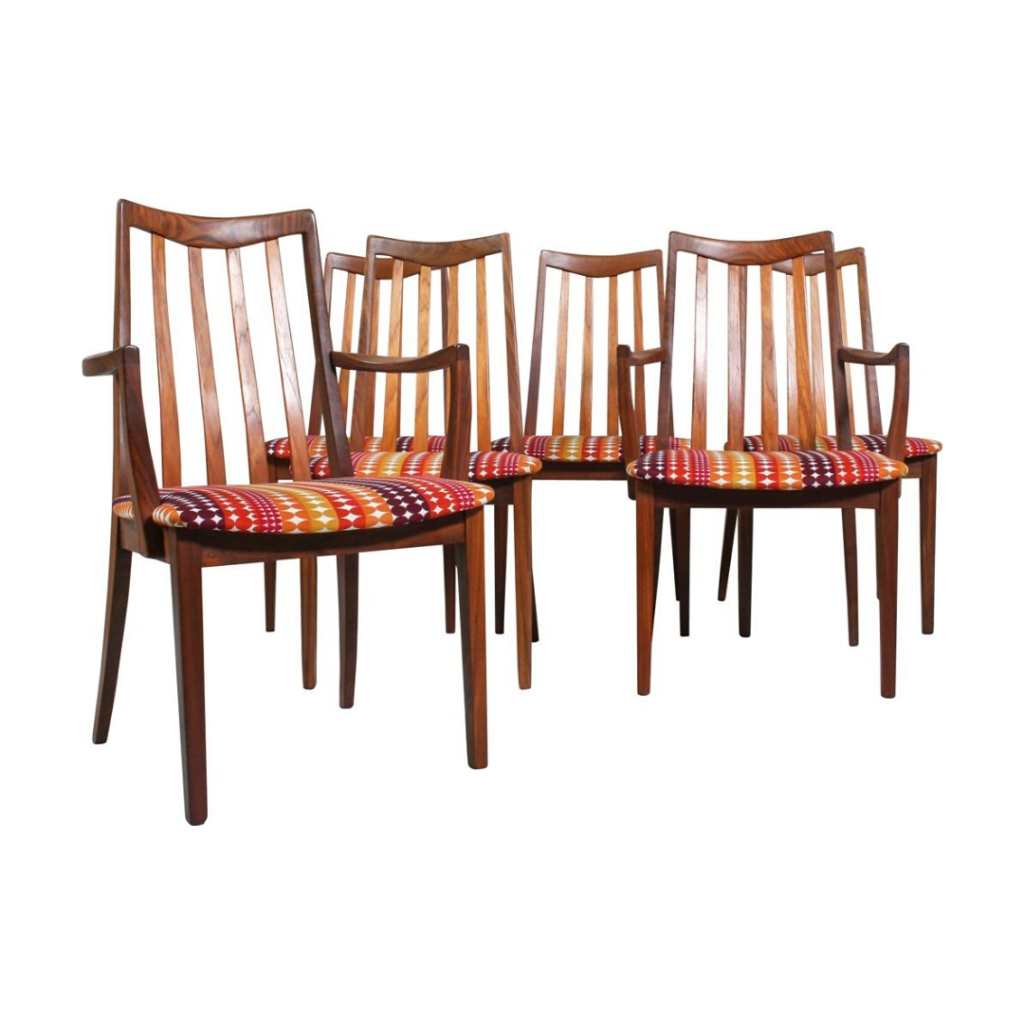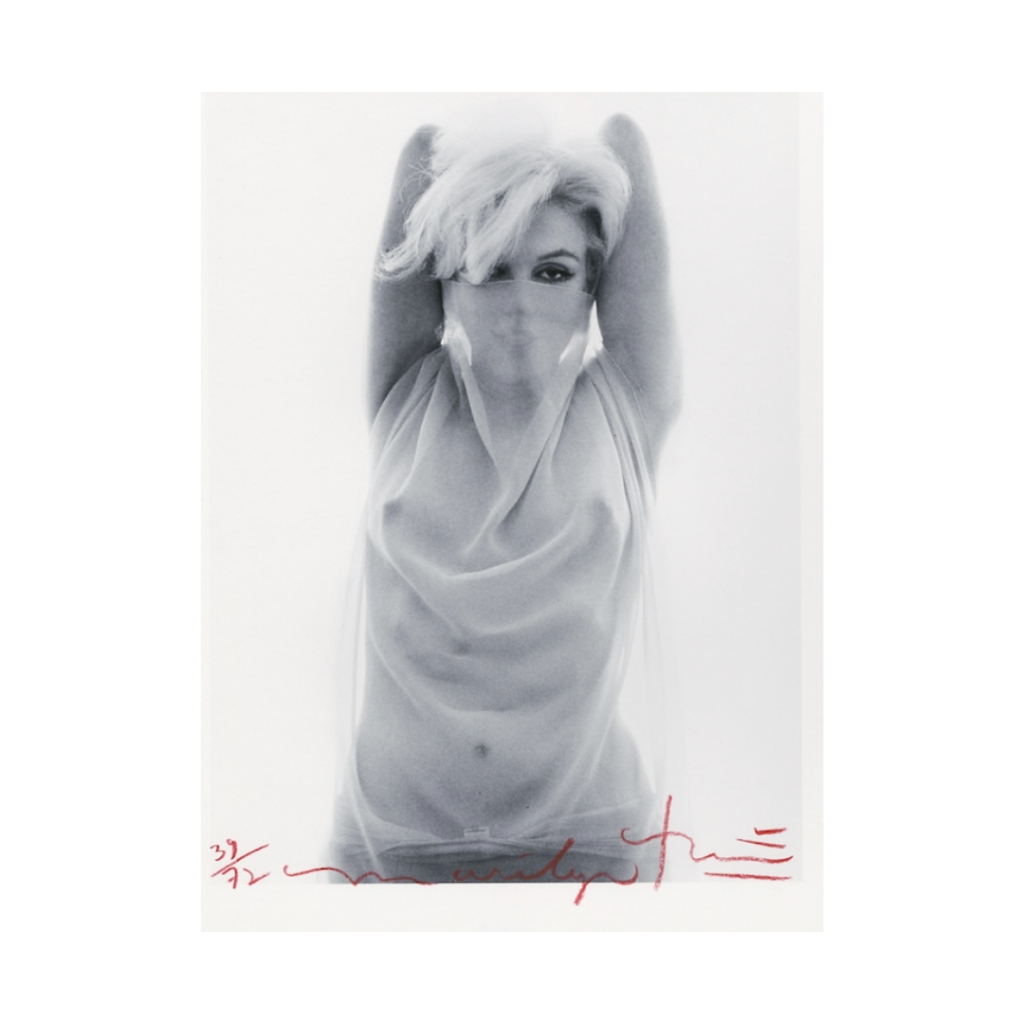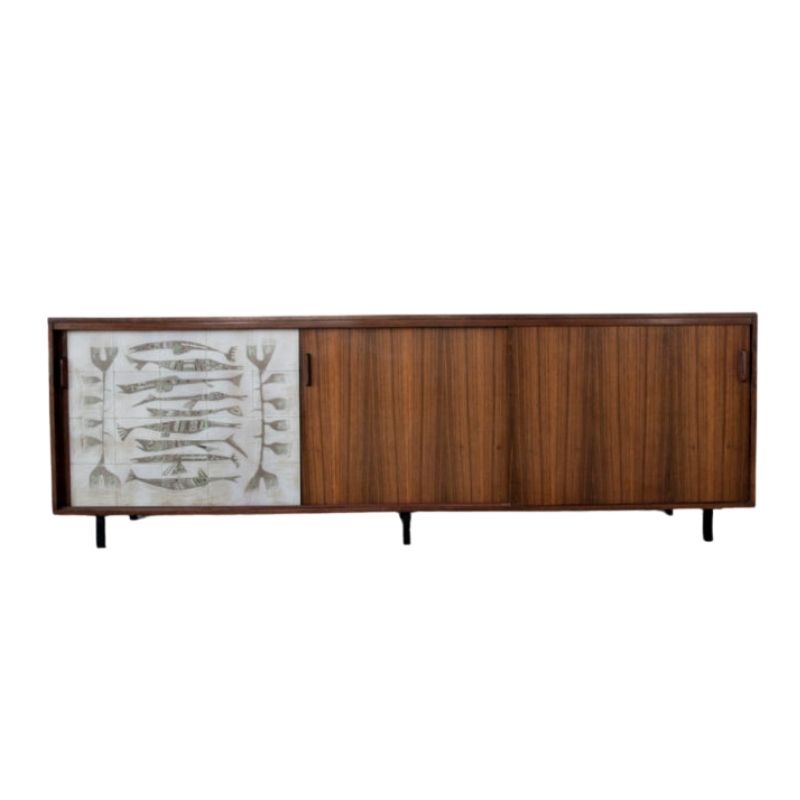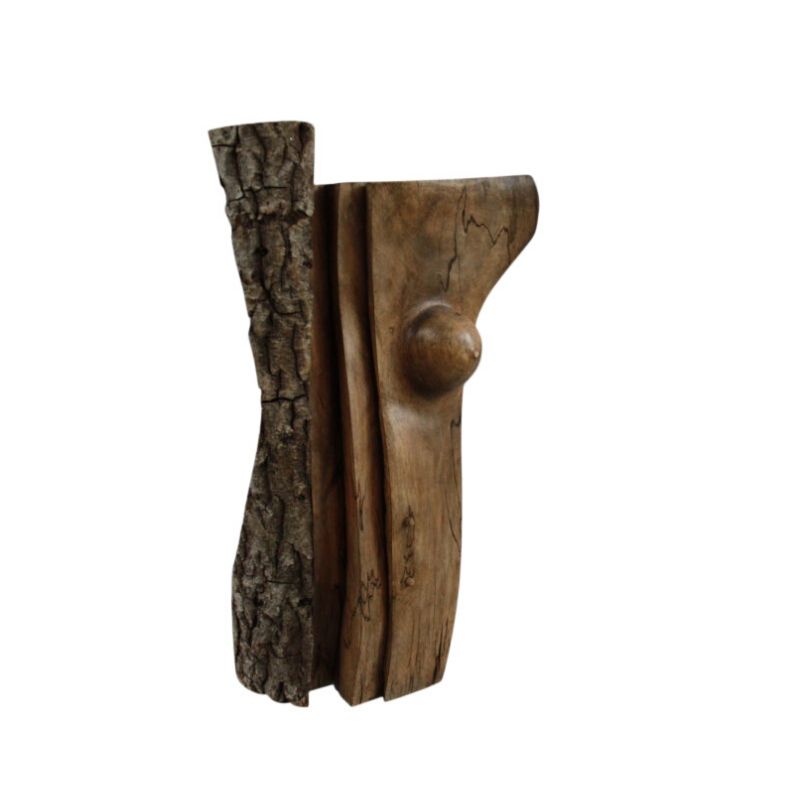It looks to me...
... kind of like an expensive hospital urinal for the bed-ridden
http://www.ascoindia.com/hospital-holloware/urinals.html
Bedpan!
James Collins, you are way too funny. And as far as cleaning..chances are it will go unused next to the juicy salif. But if any cleaning becomes necessary, I have a lovely housekeeper that will know just what to do. And if it doesn't arrive as pictured..well it isn't that expensive..so I'll regift it, or donate it to my fav charity.
Missles and Turkey-toes to all!!
Mark
It's all in the details...
Dear SDR,
The first clue is the wood of the table...a typical digital wood rendering.
The flawless way the wood is reflected in the stainless steel under the spout is also typical.
Most suspicious is the fact that there are no traces of parting lines...These two stainless steel pieces are not easy to cast, especially not the spout side, so even if they are remouved in the wax stage, one has to expect some traces of parting lines...this is too perfect.
I would also expect some visible trace of a "O"-ring or any other joint that will tighten the seal between the glass and the stainless. The thermal expansion of the stainless steel is substantial compared with a boro-silicate glass tube. The edge of the tube might be grinded, it still is not the perfect edge, so...some kind of seal is needed and would show up in a real photo.
For a cast stainless steel piece that requires substantial finishing, these surfaces are far too clean. I realize that they are sandblasted or etched, but still...
Than there are the small mistakes that any amateur designer would make but that one would correct after having seen a last pre-production prototype. I mention a few.
- The transition between the curved surface and the spout is a constant radius. A simple function of any 3D program. Because of the small angle on the top and the large one on the bottom of the spout, it always looks as if there was a larger radius on the top and hardly anything on the bottom. When you have the prototype in front of you it is one of these things that irritates right away...and you correct it by reducing the radius on the top and enlarging on the bottom and "merge".
The small notch in the middle of the spout also looks suspicious. I think that the moment you pour with this "teapot" you realize that it should either be removed or have a slightly different shape. The fact that it has this shape indicates to me that it was not prototyped in this final version.
A last detail that will be an irritant is the fact that the edge of the cylinder touches the edge of the curved surface. Visually this is not what a trained designer would do, but it also makes it difficult to finish. Because of the cylinder the edge of the large curved surface becomes a parting line. That parting line has to be remouved either in the wax model or in the casting. In both cases it is difficult to avoid touching slightly the surface of the cylinder. Another reason to make the curved surface slightly wider so that the piece can be finished without leaving marks on the cylinder.
If you need any help, please contact us at – info@designaddict.com









